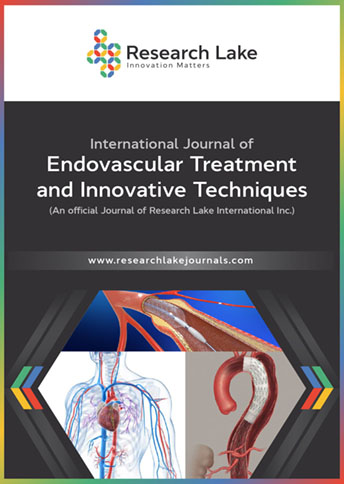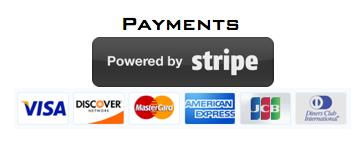Bite by Bite: Unveiling the Impact of Chewing Sticks on Endovascular Health and Neurovascular Coupling – A Narrative Review
Abstract
Objective: This paper aims to explore the effects of chewing sticks, such as miswak (Salvadora persica) and neem (Azadirachta indica), on vascular health and neurovascular coupling, assessing their potential benefits for cardiovascular and cognitive functions.
Methods: A comprehensive literature review was conducted to analyze existing studies related to the physiological effects of chewing sticks. Emphasis was placed on their impact on vascular health, neurovascular coupling, and the mechanisms behind these effects, including the stimulation of the trigeminal nerve and the release of norepinephrine.
Results: Chewing stimulates the trigeminal nerve, which promotes the release of norepinephrine from the locus coeruleus, enhancing vascular dilation and regulating blood pressure. This process supports neurovascular coupling and may protect the blood-brain barrier, thereby improving cerebral circulation and reducing risks associated with cognitive decline and cardiovascular diseases. Additionally, the bioactive compounds found in chewing sticks—such as antioxidants and antimicrobial agents—may help reduce systemic inflammation and promote overall vascular health.
Conclusion: Chewing sticks represent a potential cost-effective and accessible strategy for improving cardiovascular and cognitive health, especially in populations with limited healthcare access. While preliminary findings are promising, further research, including clinical trials, is necessary to fully elucidate the therapeutic potential of chewing sticks for enhancing vascular and cognitive functions.
Copyright (c) 2024 Arjun Ram Roj, Megha Pundir, Sanjib Patra

This work is licensed under a Creative Commons Attribution-NonCommercial 4.0 International License.
Copyright © by the authors; licensee Research Lake International Inc., Canada. This article is an open access article distributed under the terms and Creative Commons Attribution Non-Commercial License (CC BY-NC) (http://creativecommons.org/licenses/by-nc/4.0/).











